Sommerabende sollten nicht damit verbracht werden, Insektenschwärme zu verscheuchen, während sich der Teich in eine ungewollte Mückenbrutstätte verwandelt. Zum Glück ist die Mückenbekämpfung viel einfacher als gedacht – man braucht lediglich eine stetige Wasserbewegung, ein ausgewogenes Ökosystem und ein paar gezielte Tricks. Im Folgenden finden Sie sechs bewährte, fischschonende Maßnahmen, die sowohl in kleinen Badewannen auf der Terrasse als auch in weitläufigen Koi-Aquarien funktionieren. Außerdem erfahren Sie, wo die steckerlosen Springbrunnen , Filter und Leuchten von Poposoap ihren Platz finden. Setzen Sie diese Tipps um und genießen Sie Libellen, Seerosen und kristallklares Wasser – ganz ohne das schrille Zirpen ungebetener Gäste.
Einleitung: Warum die Mückenbekämpfung in Teichen wichtig ist
Schon ein winziger Tropfen stehendes Wasser kann Dutzende von Mückenlarven hervorbringen, daher wird ein stiller Teich zu einem idealen Lebensraum für Aedes- und Culex-Mücken. Neben juckenden Stichen können diese Insekten das West-Nil-Virus, das Zika-Virus und Herzwurmkrankheiten auf Haustiere und Wildtiere übertragen. Eine gute Teichgestaltung unterbricht den Lebenszyklus der Mücken, bevor er überhaupt beginnt – ganz ohne Chemikalien.
Tipp 1: Sorgen Sie für Wasserzirkulation.
Mücken suchen spiegelglatte Oberflächen. Sobald Wellen hinzukommen, verlassen sie den Ort.
- Lassen Sie sich von einem Solarbrunnen verzaubern. Der schwimmende Springbrunnen von Poposoap erzeugt einen stetigen Wasserstrahl, der das Wasser den ganzen Tag über in Bewegung hält – selbst in abgelegenen Gärten, wo eine Verkabelung nicht möglich ist. Die sich bewegende Fontäne reichert das Wasser zudem mit Sauerstoff an, was Fischen und nützlichen Bakterien zugutekommt.
- Streben Sie eine vollständige Wasserumwälzung alle ein bis zwei Stunden an. Wenn Sie sich bezüglich der Durchflussmenge unsicher sind, wählen Sie eine Poposoap Solarbrunnenpumpe, deren Leistung mindestens dem Teichvolumen in Gallonen entspricht. Bei größeren Becken können zwei Pumpen – eine an jedem Ende – eingesetzt werden, um stehende Ecken zu beseitigen.

Ergebnis: Die Larven können nicht unter einem bewegungslosen Oberflächenfilm hängen bleiben, um zu atmen; sie werden entweder in das Revier der Fische gespült oder sterben.
Tipp 2: Natürliche Fressfeinde hinzufügen
Goldfische, Sonnenbarsche, Rotbarsche, Libellenlarven und Rückenschwimmer fressen sich an den Larven satt. Um ihnen eine Überlebenschance zu geben:
- Halten Sie das Wasser klar. Trübe Teiche bieten Larven Versteckmöglichkeiten; ein Poposoap Solar-Teichfilter entfernt Schmutz durch geschichtete Schaumstoffe und Bio-Medien, ohne die Stromrechnung zu erhöhen.
- Schaffen Sie Unterschlupfzonen. Pflanzen Sie Hornkraut und Wassersellerie, damit Raubtiere aus dem Schutz heraus pirschen können, während der Schatten das Algenwachstum hemmt.

Ergebnis: Jede Larve, die der Turbulenz der Fontäne entkommt, trifft auf ein hungriges Maul.
Tipp 3: Entfernen Sie Unrat und überschüssige Pflanzen.
Verrottendes Laub bildet Schaumteppiche, auf denen Mücken ihre Eier ablegen. Entfernen Sie den schwimmenden Abfall wöchentlich; lichten Sie überwucherte Wasserhyazinthen aus, damit Sonnenlicht das fließende Wasser erreicht.
- Nutzen Sie einen Wasserfall oder Überlauf. Poposoap Wasserfall-Sets leiten gefiltertes Wasser als belüfteten Film zurück, der schwimmende Verunreinigungen in Richtung eines Skimmernetzes spült. Kontinuierliche Wasserbewegung = weniger Stagnation, weniger Platz für Eier.
Ergebnis: Sauberere Oberfläche, langsamere Nährstoffansammlung und weniger Versteckmöglichkeiten für Puppen.

Tipp 4: Mückensprays oder -tabletten verwenden (sicher!).
Bacillus thuringiensis israelensis (BTI) Tabletten töten Larven, ohne Fische, Frösche oder nützliche Insekten zu schädigen.
- Große Dunks lassen sich in Drittel aufteilen, um kleine Teiche auf der Terrasse zu schaffen.
- Man sollte sie in der Nähe ruhiger Uferbereiche absetzen, wo sich die Larven versammeln – turbulente Wasserfallgebiete verhindern bereits die Fortpflanzung.
- Die Tabletten sollten alle 30 Tage erneut eingenommen werden, oder früher, wenn sie sich in der Sommerhitze schnell auflösen.
Ergebnis: Ein biologischer „ Mückenbekämpfer für Gartenteiche “, der nur die unerwünschten Schädlinge bekämpft.
Tipp 5: Vermeiden Sie übermäßiges Bewässern der Pflanzen
Das abfließende Bewässerungswasser kann sich in Mulchbeeten und Pflanzgefäßen sammeln und so zusätzliche Baumschulen nur wenige Meter vom Teich entfernt schaffen.
- Schalten Sie die Rasensprenger auf Frühsommerzyklen um, damit die Nachmittagshitze die Pfützen verdunsten lässt.
- Das Erdreich sollte vom Teichrand weg geneigt werden; überschüssiger Wasserfluss kann Nährstoffe abführen, die das Algenwachstum fördern – und der Algenfilm bietet Larven Schutz.
Ergebnis: Man löst nicht das eine Mückenproblem, sondern erzeugt zwanzig kleinere Mücken im Garten.
Tipp 6: Nachtbeleuchtung, die keine Mücken anlockt
Insekten werden von kühlweißem und blauem Licht angezogen. Warmfarbige LEDs sind weniger attraktiv, daher:
- Installieren Sie Poposoap Warmweiß-Teichleuchten entlang von Wegen und unterhalb von Überläufen. Ihr sanftes 3000-K-Licht setzt Fische nach Sonnenuntergang gekonnt in Szene, ohne das Wasser in einen Insektenmagneten zu verwandeln.
- Richten Sie die Leuchten nach unten und schirmen Sie die Linsen ab, damit sie die Objekte und nicht den Himmel beleuchten.
Ergebnis: Angenehme Abendatmosphäre für die Menschen, minimales „lange geöffnet“-Signal für die Mücken.
Fazit: Konsequent sein, vorbeugend handeln
Wirksame Mückenbekämpfung am Teich erfordert mehr als nur ein Produkt: Solarbetriebene Poposoap-Springbrunnen sorgen für Wasserbewegung, kristallklares Wasser aus Poposoap-Filtern bietet Insekten Nahrung, Laubstreu wird entfernt, BTI-Tabletten werden zur Sicherheit eingesetzt, Pfützen am Teichrand werden getrocknet und die Beleuchtung ist nachts insektenfreundlich. Mit diesen sechs Maßnahmen wird Ihr Gartenteich von Bienen und Libellen – statt von Mücken – bevölkert sein, sodass Sie die ganze Saison über ungestört die Abende genießen können.




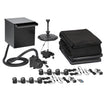
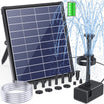
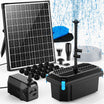
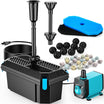
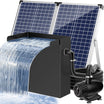
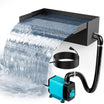

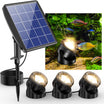
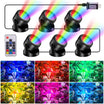

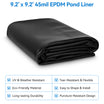
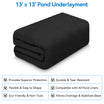

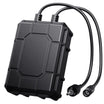
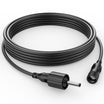

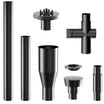
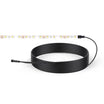
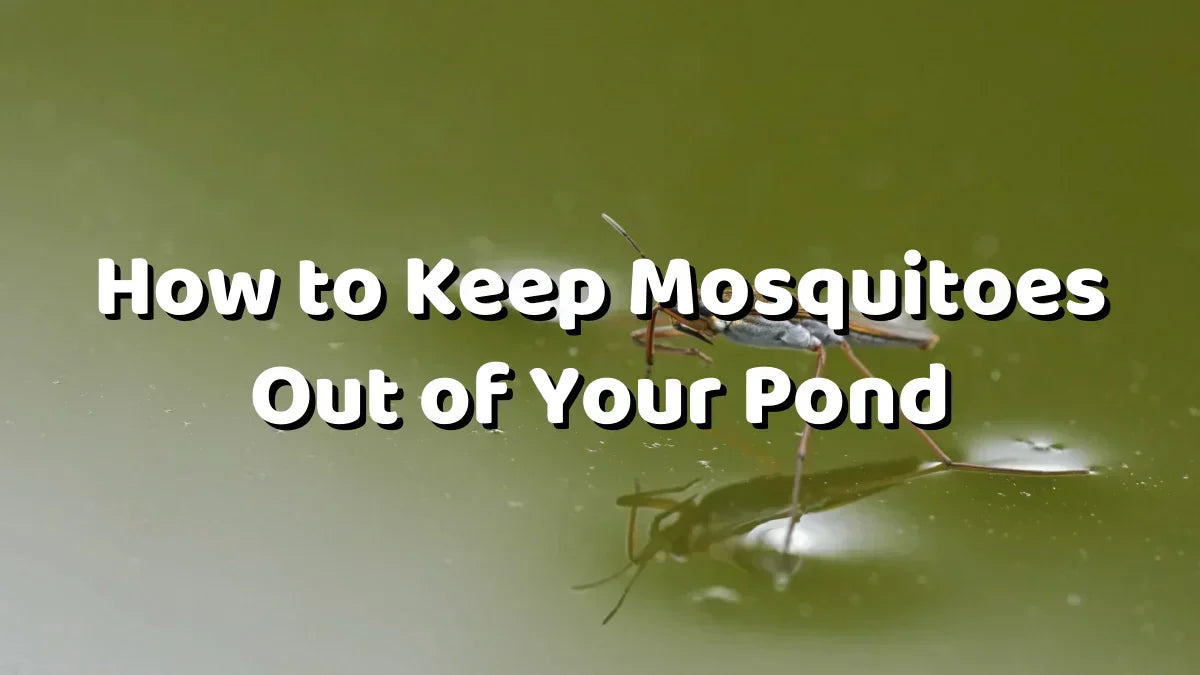
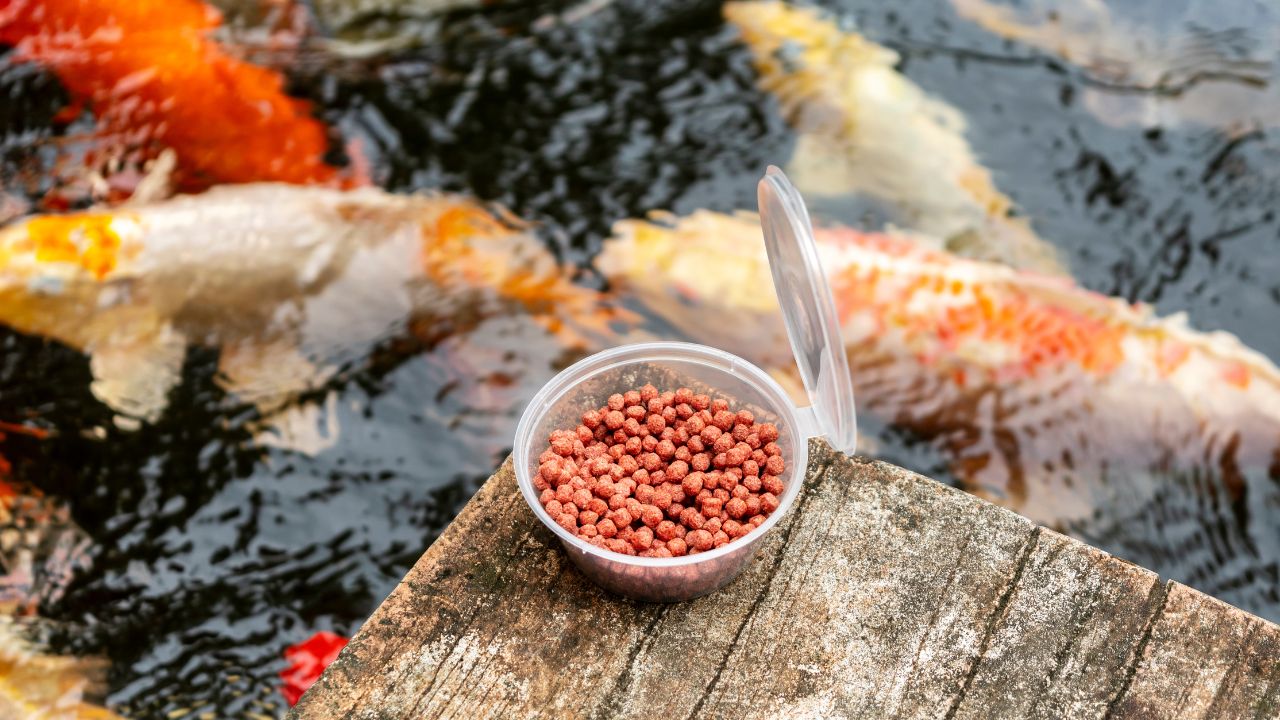
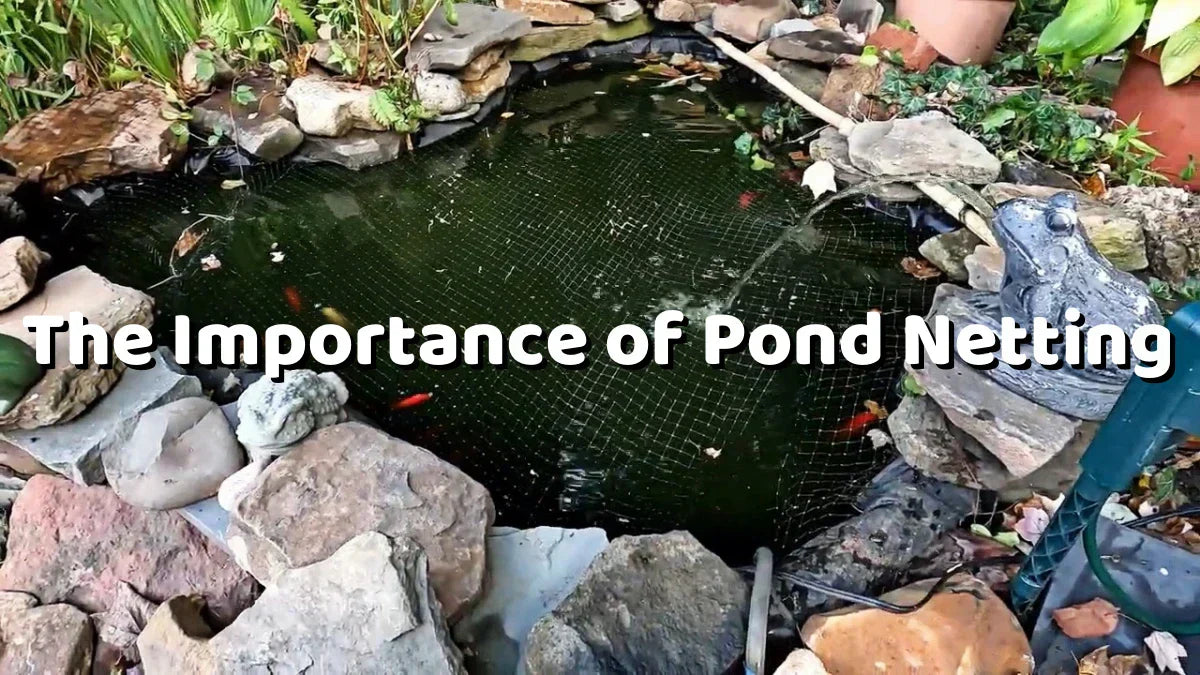
Hinterlasse einen Kommentar
Alle Kommentare werden vor der Veröffentlichung geprüft.
Diese Website ist durch hCaptcha geschützt und es gelten die allgemeinen Geschäftsbedingungen und Datenschutzbestimmungen von hCaptcha.